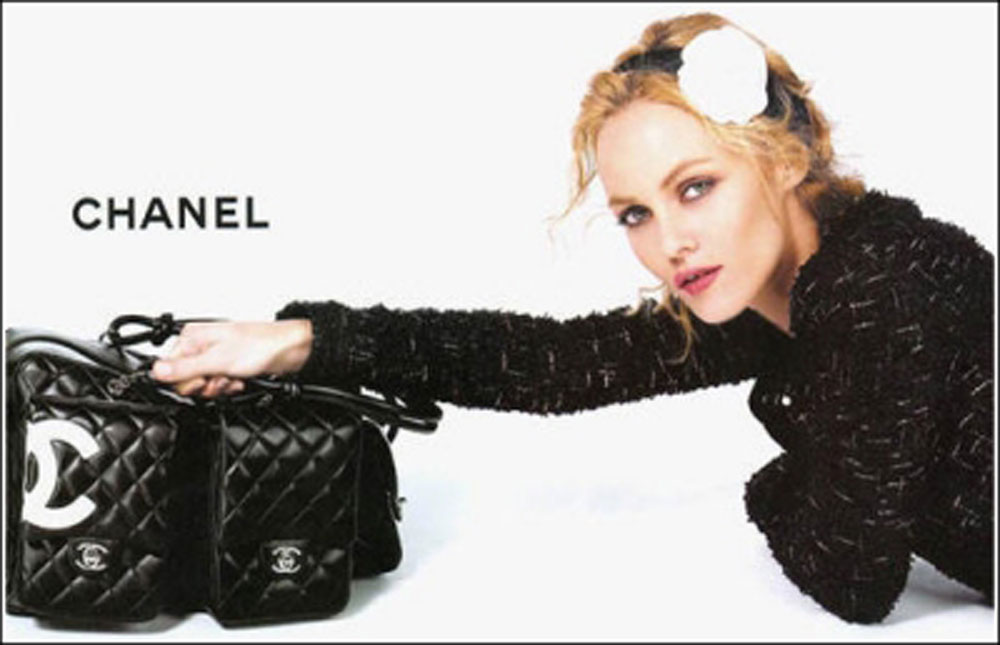Robert Heath’s Low Involvement Processing Theory, the professional competency of chicken sexers and the box office success of the Police Academy sequels might seem unlikely source material for a single talk, but they nevertheless all made an appearance in John Leach’s presentation to the Account Planners Group (APG) in London yesterday evening. Leach – the self-described “Malcolm Gladwell with less hair” and planning director at PR group Bell Pottinger – used this source material to illustrate a single theme: the “mathematics of creativity”. His theory is that simple mathematical concepts and formulae actually form a pretty good guide to best practice for planners.
Leach also argues that maths can be used “to explain to management consultants and clients that there’s more to being creative than being wacky,” thereby helping to justify the existence of the creative agency in a world where the client and the management consultant is becoming increasingly powerful. And he’d brought along several case studies to back up his points.
The need for good ideas
Maths can be used to demonstrate the importance of having good creative ideas, which is, after all, the main professional competency agencies can offer clients. One of Leach’s hypotheses is that a “one in 10” idea (ie, an idea which is in the top decile in terms of memorability) is remembered by 90% of people the day after they are exposed to it, and by 81% (or 90% of 90%) the day after that. For a “one in 100” idea, 99% remember it the next day; for a “one in 1000” idea, this figure is 99.9%.
According to this hypothesis, the power of the great – rather than good – idea really comes to the fore when you look to the long term. A one in 10 idea reaches its “half life” – where just 50% remember it – within a few days; for a one in 100 idea it is 70 days; for a one in 1000 idea it is a year and 11 months. “So only the top 1000 idea is really good enough,” Leach said.
But an alternative to the “one in 1000” idea is also supported by the maths. This is where Heath’s theory, which is extensively discussed in a 1999 Admap paper available to Warc subscribers, comes in. Low Involvement Processing Theory suggests that the consumer doesn’t need to be conscious of an ad to be aware of it. This means the Chanel ad pictured below can build awareness of the brand over time, even though it has no “big idea” and instead merely demonstrates one of the firm’s products. In other words, even if the consumer is paying little to no attention, simple messaging still “gets through”.
 Source: shoppingblog.com
Source: shoppingblog.com
This marketing model, Leach argued, works in a similar way to the simple mathematical truth of compound interest: that the amount a cash deposit earns increases slowly over time if the interest rate remains static. A “little and often” approach, rather than having a one in 1000 idea, can prove useful to some advertisers.
Creativity is not random
As well as guiding planners in their creative approaches, maths can also be used to demonstrate the way creatives have ideas, Leach suggested.
Statistical research shows that, very often, what appears to be a freakish coincidence is actually quite likely in the grand scheme of things. For example, if you feel spooked by someone calling you at the same moment you are thinking of them, you should also bear in mind the number of times you have thought of this person and they haven’t called. Media research legend Simon Broadbent – father of Ogilvy’s global effectiveness director and Warc contributor Tim Broadbent – memorably demonstrated this statistical truth with his famous debunking of the junk science behind leylines (the full paper is available online, though it’s behind a paywall).
The message for creatives is: great ideas are not flukes, occurring to random people at random. Instead, it is very creative people who tend to have great creative ideas. And these great creatives work hard for these ideas.
This can be seen in the fact that great ads are often a carefully-chosen mixture of apparently incompatible ingredients, which form a memorable whole. For example, this iconic ad from Nike consists of four ingredients: a football star, a flag, pagan warpaint and a (distingly un-pagan) crucifixion pose.
 Source: wordpress.com
Source: wordpress.com
The alchemical process of producing creative gold from unpromising ingredients does not occur at random. Instead, the alchemy occurs by the creative “reading lots of odd stuff and filling [their] mind with lots of odd thoughts,” Leach said.
But there is no simple formula, no set reading list, for having a one in 1000 idea. Indeed, Leach offered the example of chicken sexers as something of a role model for agency creatives in search of inspiration.
Chicken sexing – sorting chicks into males and females just hours after birth – is actually an extremely specialised and relatively well-remunerated profession, gender differences being difficult to spot at the age of examination. And the only way to train as a chicken sexer is by watching and learning from a trained chicken sexer over a period of several weeks.
In many ways, training to be an agency creative type is like training to be a chicken sexer. “It takes experience to spot a great idea,” Leach said. “Hang out with people who know a good idea but don’t worry too much about them explaining why it’s good.”
Guttenberg vs Spielberg
Of course, not all clients will want to shoot for the one in 1000 idea – which might be a big hit, but might be a disaster – every time they work with an agency. Sometimes, it’s safer to rerun an established campaign, even though there might be diminishing returns in terms of brand awareness and sales uplift.
Leach terms these opposing approaches “Spielberg vs Guttenberg”. The former represents the “one in 1000 approach”: in his career in movies, Steven Spielberg has interspersed huge box office hits with relative failures. He did not follow up 1982’s ET with a money-spinning sequel, but instead adapted Alice Walker’s novel The Colour Purple, which flopped at the box office, making 15% of what ET made. Indeed, Spielberg didn’t truly return to the commercial mainstream until 1993’s Jurassic Park, one of the biggest box office hits in history.
The opposite approach can be seen in Steve Guttenberg’s highly poignant IMDB page. As an actor, Guttenberg perhaps best known for playing Officer Mahoney in the Police Academy series.
Leach highlighted the six movies – like many true fans, he refused to acknowledge Police Academy: Mission to Moscow as a part of the series – as a near perfect example of diminishing returns: each of the six took 30% less at the box office than the previous one in the series. (The same is roughly true of the six Star Wars movies, which suffered a similar drop-off in quality over the years.)
So, if a worse box office performance was basically guaranteed at the outset, why did the studio keep making the Police Academy movies? In a word: predictability. The studio could cast, shoot and market the picture on the basis of its likely box office return, making allocating budgets a lot simpler.
The two models – Spielberg vs Guttenberg, high risk vs low risk, the chance of a big hit or big miss vs mediocre box office returns – also operate in the development of marketing campaigns. “This is a real dilemma for the commerce of creativity,” Leach said. “Accountants are very tempted by the -30% model. But what creative person would want to attach themselves to such a vehicle?”
Indeed, the overall message of Leach’s talk is that the search for the one in 1000 idea should still be pursued, if the industry as a whole isn’t to be trapped by the law of diminishing returns. Few people, after all, would choose to be Guttenberg over Spielberg.
The role of the agency, Leach said, is to use creativity find great “gem-ish” ideas, “knock off the rough edges”, and avoid “grinding them to dust”. He added: “I think that’s what agencies provide. And what management consultants and clients can’t provide.
“And that’s why we’re valuable.”